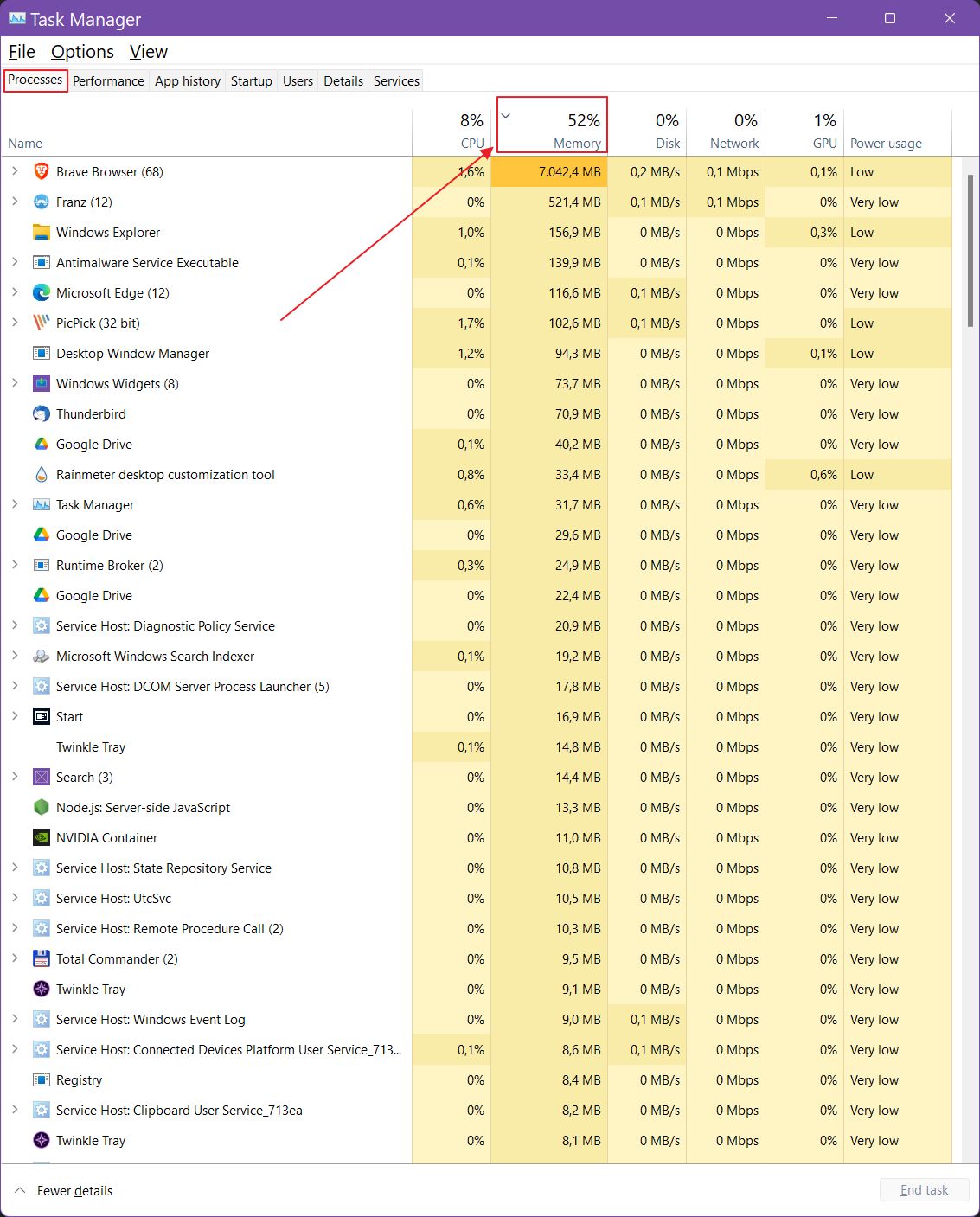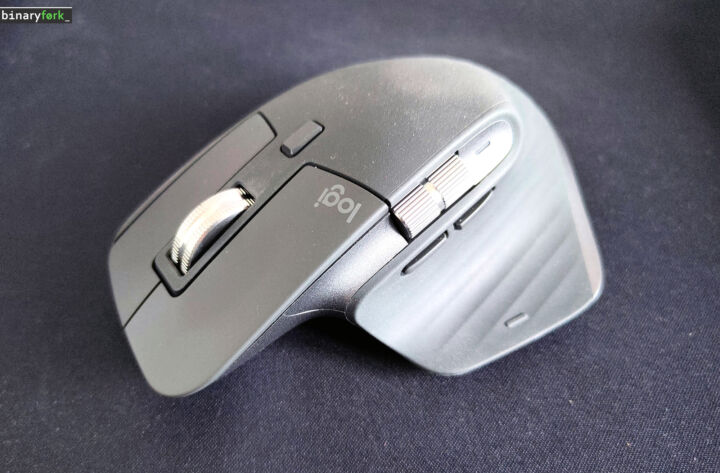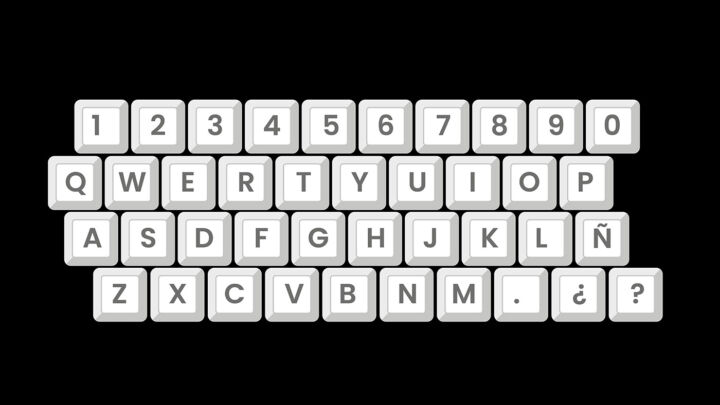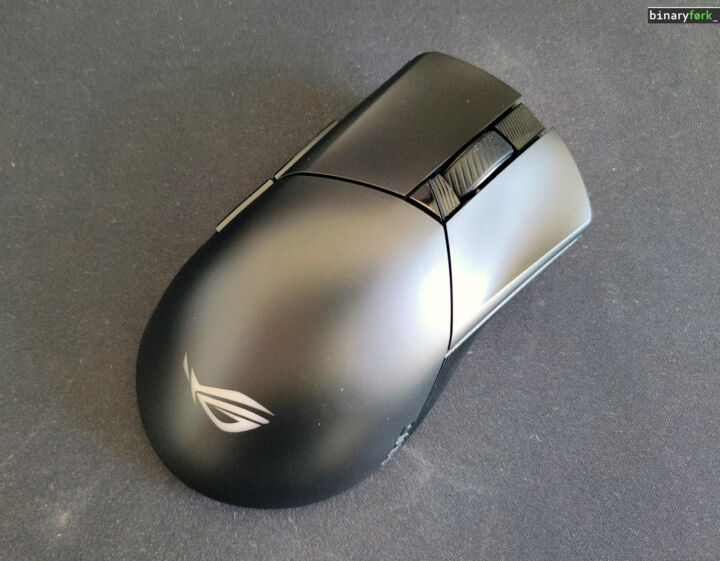- While some manufacturers configure their laptops and desktops with a base of 32 GB RAM there are plenty of examples (think Apple) where devices start with a paltry 8 GB RAM or just 16 GB of RAM.
- What’s the minimum amount of RAM a typical user actually needs in the age of AI?
- I’ve outlined my ideas about what quantity of RAM you should aim for if you’re building or buying a new system today.
TLDR: 16 GB of RAM shoud be the minimum quantity of RAM for a new computer, but if you want to be futureproof aim for at least 32 GB of RAM.

Technology changes at a rapid pace, you know that already. 640kb of RAM are no longer enough, and even if the famous quote was not actualy said by Bill Gates, it’s certain that today’s computers use a lot of memory to launch and run apps.
So this question comes naturally: how much RAM do you really need today? Is 16 GB of RAM enough?
Before we jump into the details, let’s get real about what “normal” computer usage looks like today. Gone are the days when normal meant just checking email and browsing a few websites. Today’s typical user is juggling multiple browser tabs (I’m looking at you, browser tab hoarders, and at myself), video calls, streaming services, productivity apps, and maybe some light gaming or content creation.
A typical day might include:
- Running at least 15-30 browser tabs simultaneously
- Video conferencing
- Streaming music or videos in the background
- Working with office applications and cloud-based tools
- Casual photo editing or social media content creation
- Light gaming sessions at the end of the day
This shift in usage patterns is crucial because it directly impacts how much RAM we actually need versus what we think we need.
CONTENTS
The current state of 16GB RAM
Here’s where things get interesting. Only a few years ago people recommend 8GB of RAM for casual computer usage and (very casual) internet browsing, 16GB for spreadsheets and other office programs, and at least 32GB for gamers and multimedia creators. This quick guide still holds true today for the most part, but there’s more nuance to consider.
Looking at my own usage, which could be considered heavy multitasking I can say 16GB remains the sweet spot for most casual users. However, hardcore enthusiasts (think gamers, content creators, developers) may want to step up to at least 32GB, while 64 GB could be considered the sweet spot for the upcoming ears. This aligns with what I’ve been seeing in real-world usage patterns.
But here’s the catch – and it’s a big one. It depends on what do you do and how do you do. If you turn your computer on, run a single program (game or whatever), and switch it off again, then 16G should be plenty. But if you have many things open (donzens of browser tabs, discord, and what not), then those things can eat your ram quite fast.
Sound familiar? I thought so!
Before you do anything, find out how much RAM do you have installed on your computer. Then you can decide the path to follow.
Why your browsing habits matter more than you think
Let me share a personal revelation that completely changed how I think about RAM requirements. Last month, I decided to actually monitor my memory usage during typical work sessions. The results were eye-opening!
My “normal” browsing session included:
- Gmail with multiple conversations open
- Rambox for messaging
- YouTube playing in the background
- Google Docs with several documents
- At least 20 research tabs for various other projects
This seemingly innocent usage scenario was consistently pushing my system past 16GB of RAM usage. Add in some photo editing or a video call, and I was hitting the 16GB ceiling regularly.

Thankfully, I have 32 GB of RAM, so I’m still safe. But if I had not, then Windows starts swapping to the permanent storage, and things would slow down to a crawl.
I don’t mean to say you need more than 16 GB of RAM for browsing the web. That’s not the case, but you do need to be careful how many tabs you open at one time. If you’re on Edge you can even control how much RAM Edge uses.
The browser tab problem is real, folks. Modern web applications are essentially mini-programs running in your browser, each consuming memory. Those innocent-looking tabs for Google Sheets, Notion, Figma, or even social media platforms can each use hundreds of megabytes.
Being a casual user no long means a low power computer is enough. And don’t fool youself: swithing to Linux will not make your browser eat less RAM.
Gaming and content creation: the game changers
Here’s where the 16GB question becomes more complex. There are many videos and reviews (by professional reviewers) describing how 16GB is no longer sufficient. Also note that the one guarantee we have is that the situation will just get worse for 16GB RAM systems. Newer games will get more and more memory hungry, not less.
This trend is particularly noticeable if you’re into:
- Modern AAA gaming (especially with high-resolution textures)
- Streaming while gaming
- Video editing, even at amateur levels
- 3D modeling or design work
- Running virtual machines or development environments
I’ve noticed that even “casual” content creation – like editing photos for Instagram or creating simple videos for TikTok – can quickly push systems beyond comfortable 16GB usage when combined with typical multitasking.
What happens when 16 GB of RAM is not enough?
With only 16GB to play with, you’ll find yourself occasionally needing to close applications or browser tabs to keep things running smoothly. It’s not necessarily a deal-breaker, but it does interrupt your workflow.
The truth is, most of us have developed habits around our computing limitations without even realizing it. We close tabs we want to keep open, quit applications we’ll need again in an hour, or deal with occasional slowdowns as “normal.”
The verdict: is 16 GB of RAM enough?
So, do you need more than 16GB of RAM today as a normal user? The honest answer is: it depends on your definition of “normal” and your tolerance for occasionally hitting memory limits.
If your computing habits align with true casual use – web browsing, email, office applications, and light multitasking – 16GB will probably still serve you well. However, if you find yourself frustrated by having to close tabs or applications, experience occasional slowdowns, or want to dabble in content creation or gaming, the upgrade to 32GB will significantly improve your experience.
Consider your usage patterns, budget, and how long you plan to keep your system. For most people building or buying a new computer today, I’d lean toward 32GB if the budget allows. The improved user experience and future-proofing benefits outweigh the additional cost for most users.
I’m curious about your experience with RAM requirements! Are you happy with 16GB or have you made the jump to 32GB? Have you noticed the difference in your daily computing experience?







